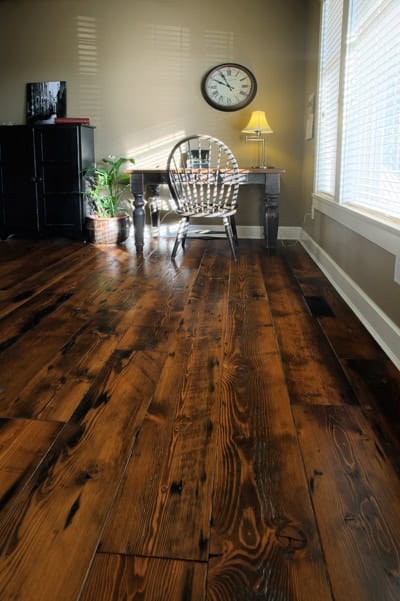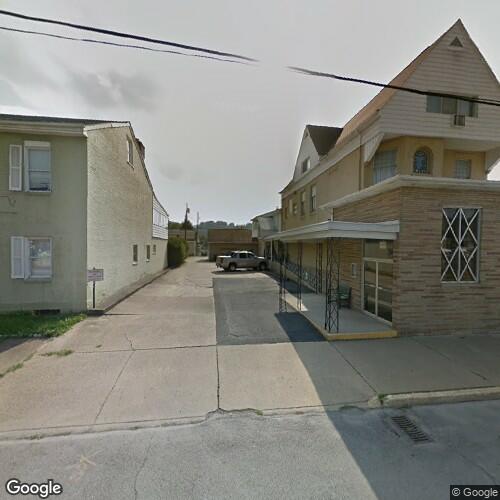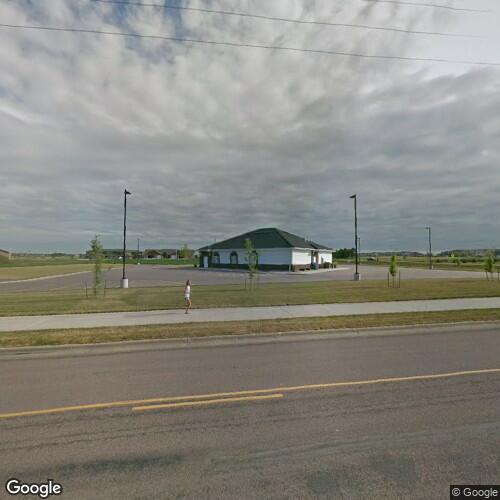Table of Content
She is also certified in sanitation, nutrition, kitchen management, and cost control. You may measure out 2 cups of powdered sugar, or simply pour the amount you think will suit your needs. It is extremely easy to adjust this recipe or make more, so do not feel pressured to keep your measurements exact. If the icing is solid in places or cracks when you try to spread it, add 1 tbsp. Water at a time, stirring thoroughly, until the frosting becomes soft enough to spread.
Making ganache is simple—you just need chocolate and cream. When combined and cooled, spoon over the top of your cake and let it drip elegantly down the sides like with our favorite Special-Occasion Chocolate Cake. If you’re working with frozen cakes, let the cake thaw halfway or so, then frost. No need to wait for it to come all the way to room temp. Add the butter and beat to combine, scraping down the sides of the bowl with a rubber spatula. Learn the difference between frosting and icing, how to make them, and how to use them.
Keep meringue-, cream cheese- and whipped cream-based frostings cool
I did have to make a 2nd batch to cover the 3 tiers and the 2nd time instead of letting the butter soften on it's own I microwaved it quickly. My 2nd batch of icing was just as good but grainy looking. Take 0.5 cups butter or margarine and 1 cup cream cheese. Soften them in the microwave or simply by cutting them into small chunks and leaving them at room temperature. To make vanilla icing, first add 1 cup of confectioners’ sugar to a bowl.
Experiment with different combinations of icing and cake, or read the beginning of each method for recommended pairings. Icing sugar, also known as powdered sugar or confectioner’s sugar, is made by finely grinding granulated sugar until it is a very fine powder. Sometimes, despite our best efforts, our classic buttercreams turn out too stiff or too thin. If you find that your buttercream is just too stiff, add a bit of milk or cream—just a teaspoon at a time. Add in confectioners’ sugar a quarter cup at a time until you get the right thickness.
Decorate the sides of the cake with sprinkles or nuts
Make sure your cake is on a nonslip surface, so it won’t slide all over the place. This baker’s tool is now commercially available in a variety of sizes. If you prefer a decorative plate, put a spoonful of frosting in the center of the plate and then set the first layer down on top of it. —make sure your cake is completely cool before frosting it.

In a world saturated with scent, the ubiquitous presence of P.F. This make-ahead dessert is perfect to keep in the freezer until you need it. Our iced blueberry & lime cheesecake is a zingy combination of fruity flavours that won't look out of place on any table. Try whipping up our effortless raspberry iced mousse.
How to make icing sugar at home
When you’ve stacked your layers and are ready to frost the top and sides, use a pastry brush to lightly brush away any stray crumbs. It doesn’t have to be thick—you’ll probably be able to see the color of the cake through the frosting—or particularly pretty. Think of it like a coat of primer when you’re painting a wall. When you’re stacking layer cakes, it’s crucial that the cake stays in place. To keep the cake planted where you put it, first put down a small dollop of frosting on your cake plate, then set down your first layer. The frosting here will act like glue to keep that cake still.

When the mixture reaches an even consistency with no dry sugar on top of the paste, it is ready. Optionally, you may add a little more liquid to make the mixture thinner or to add more of the liquid's flavor. If the mixture becomes runny, however, stir in a little more sugar to compensate. The main difference between powdered sugar and icing sugar is the addition of cornflour in the latter. Powdered sugar is just granulated sugar powdered fine. But icing sugar has cornflour added to it in a given measurement.
Cake Frosting Tips That Will Definitely Come in Handy
Take, for example, this incredibly delish summer crab and avocado sandwichthat showcases just how in-tune Samuelsson is with the multitudes of tastes at his eager fingertips. This light sandwich is chock full of flavor and texture. In a post onOprah.com, Samuelsson recommended that your meat be at least 30% fat for the juiciest and most flavorsome burger. He also suggests that you give those gorgeous patties a few minutes to rest before digging in, in order to let the juices distribute so that every bite is tasty and moist.
Sometimes people shy away from the gourmand scents because they think it’s too typical, but when your guests think you have a pumpkin pie baking in the oven, you’ll appreciate it. Go for natural-smelling gourmands (I’m partial to our Apple Picking) that have other notes to balance it out like citrus, so it smells more sophisticated. How fine you can get your sugar will depend on the efficiency of your equipment. A powerful blender will give a much better outcome than an ordinary one. It will also depend on what type of sugar you start with. The anticaking agent used will depend on which country you live in and what's allowed under the laws governing the sale of food.
Samuelsson advocates for reusing everything, including a plain old dish of leftovers in ways that are easy and, more importantly, even delicious. All those succulently roasted bones from your bone-in chicken will add substantially more flavor to an upgraded broth. Something as simple as just adding a squeeze of lime or some bright herbs will freshen up that dish perfectly.
But it wasn’t until recently that I began to consider the scent component—the sometimes spicy, sometimes sweet, sometimes floral fragrances that waft through the dimly-lit air. They create a scent-scape unto their own, an area of liminal space that occupies the vacancies beside your guests, taking on a significance I didn’t realize the full extent of until now. If you’re not getting as smooth a finish as you like, try dipping your spatula in very hot water, wiping it dry and then using it to smooth the surface of the cake. This bit of controlled heat helps move the frosting without overworking it.



















